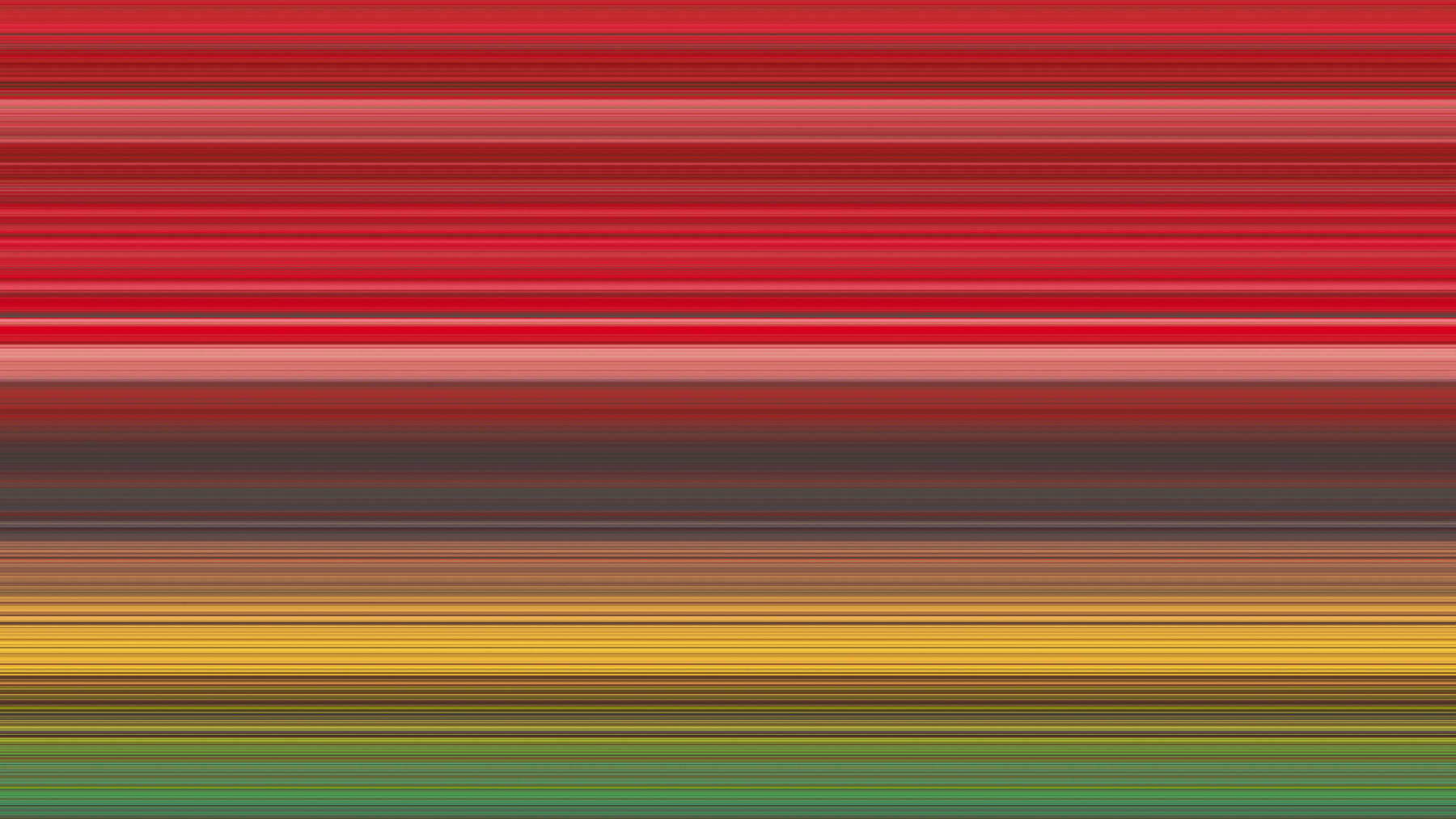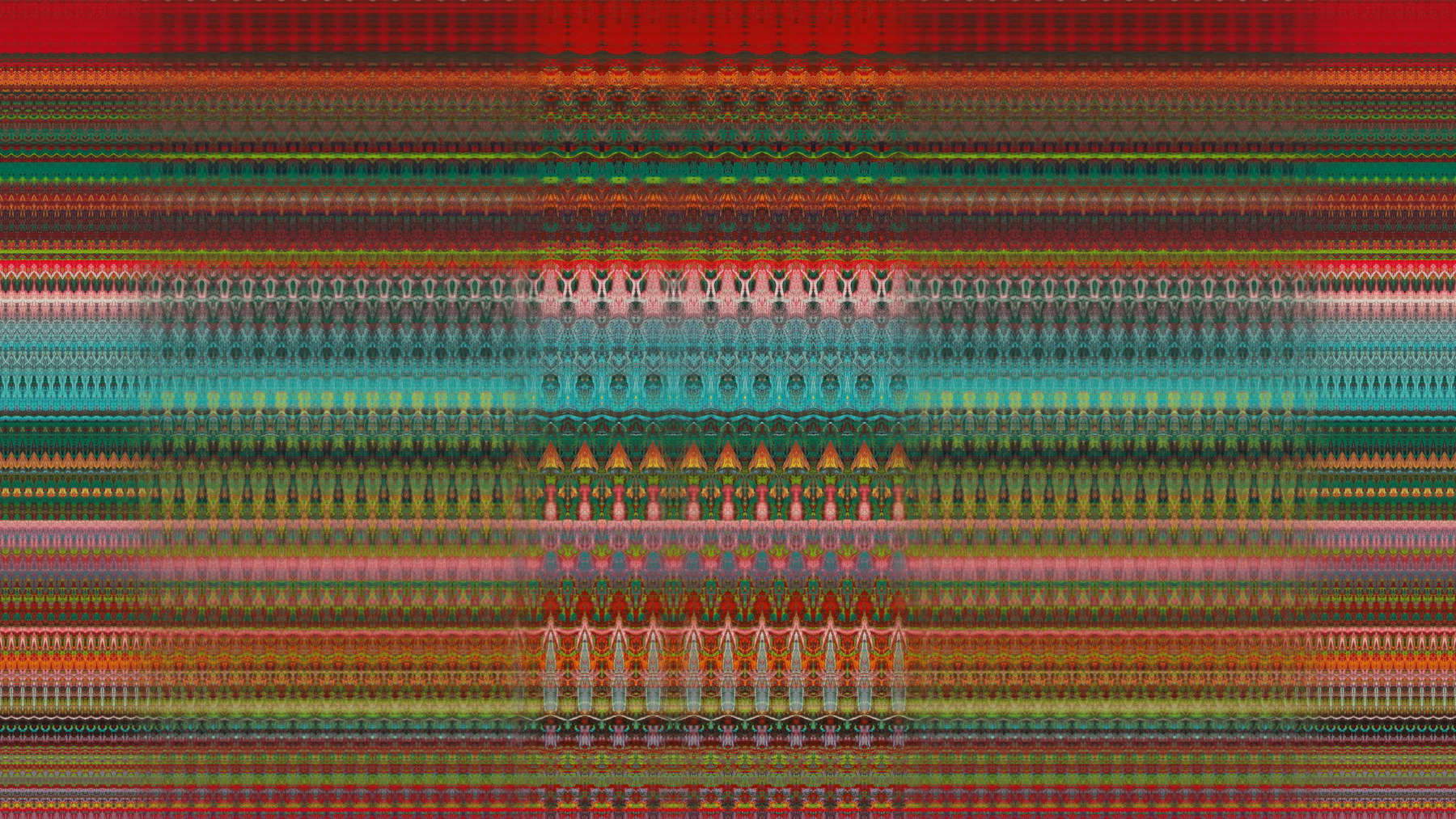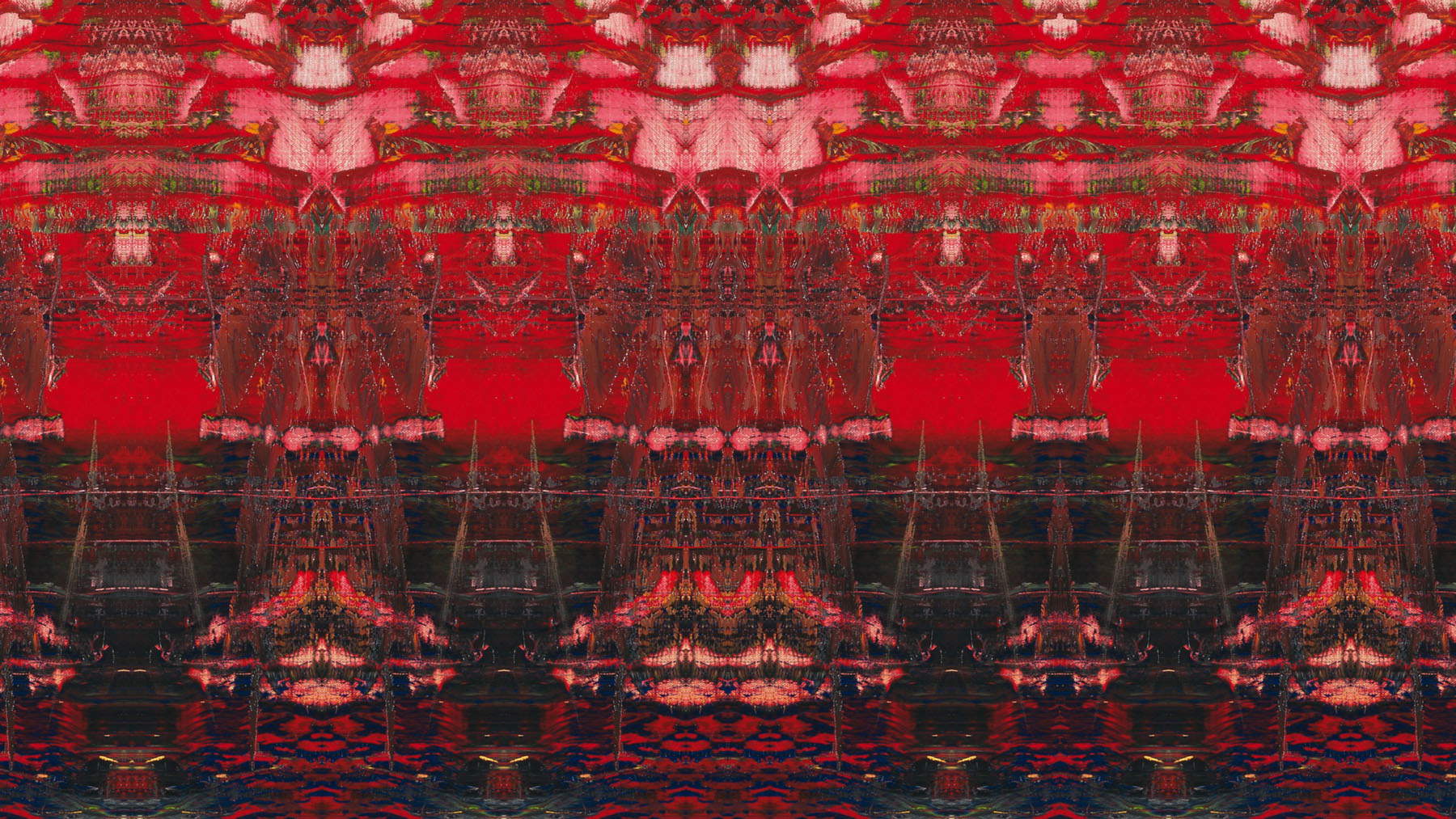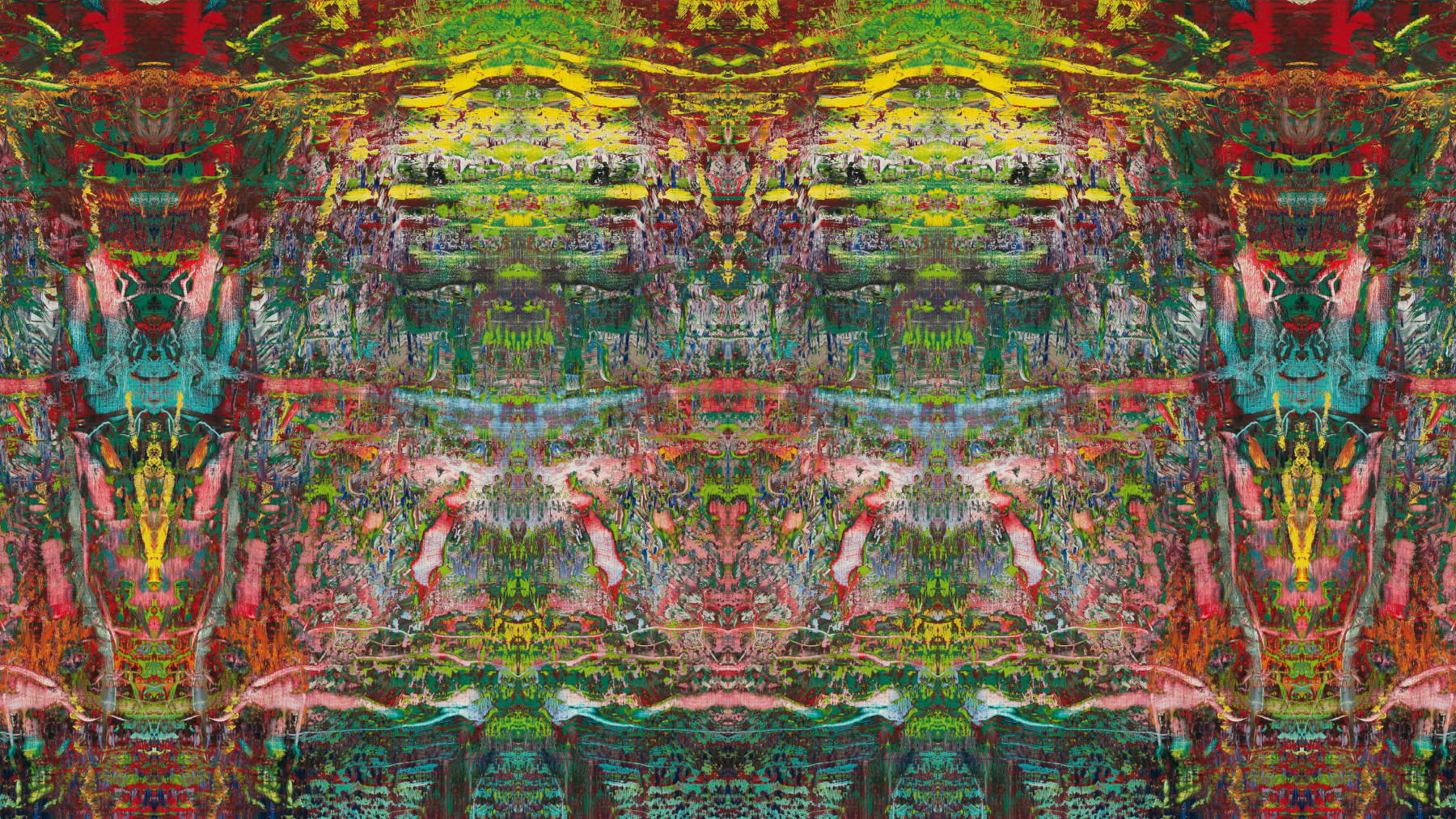Gerhard Richter at the Gagosian in Rome with an immersive installation celebrating the case
An immersive and monumental installation by Gerhard Richter (Dresden, 1932) for the first time in a gallery: it happens at the Gagosian venue in Rome, which from Dec. 6, 2024 to Feb. 1, 2025 hosts Moving Picture (946-3) Kyoto Version (2019-24), a synthesis of the Strip project, begun by Richter in 2010 through the use of digital tools to explore new creative possibilities.
Moving Picture (946-3) Kyoto Version features a film, created in collaboration with Corinna Belz, projected on a 22-meter-wide screen, accompanied by a trumpet score composed by Rebecca Saunders and performed by Marco Blaauw. The sound experience is amplified by six speakers surrounding the viewer, making the music physical and enveloping. This event also marks the artist’s return to an Italian gallery since his last exhibition in 1983.


The installation and the Strip project
The Strip series was born from the digital decomposition of photographic images of pre-existing paintings, reorganized into smaller and smaller mirrored fragments. This process has resulted in not only paintings (the Strip paintings of 2011-2016), books, tapestries and prints, but also monumental works such as STRIP-TOWER (2023), currently on display at the Serpentine in London.
With Moving Picture (946-3) Kyoto Version, Richter transforms the analytical process of Strip into a total sensory experience, where image and sound dialogue in a meditative balance. The work was created in collaboration with director Corinna Belz and musicians Rebecca Saunders and Marco Blaauw and is in the tradition of immersive experiments by the artist, who has previously collaborated with composers such as Arvo Pärt and Steve Reich.


The art of Gerhard Richter: chance, order and light
Richter, a leading figure in contemporary art, revolutionized the language of painting by exploring the relationship between photography, chance and systematic processes. Since the 1960s, the artist has used photographs, color grids and magnification techniques to create works that challenge traditional categories. Works such as 4900 Colors (2007) andCologne Cathedral Window (Cologne Cathedral Window, 2007) embody the aesthetic potential of chance, a theme that finds its highest expression in Moving Picture. In this installation, light and musical composition create a visual and sonic universe that invites the audience to reflect on the unpredictable harmony of chance.
Gerhard Richter, born in Dresden in 1932 and currently living in Cologne, has a career that spans more than six decades and includes exhibitions in the world’s most prestigious museums, including MoMA in New York, Tate Modern in London and Centre Pompidou in Paris.
This Roman exhibition marks a unique opportunity to rediscover the work of a master who continues to redefine the boundaries of contemporary art, fusing painting, photography and digital into a universal and timeless language.
 |
| Gerhard Richter at the Gagosian in Rome with an immersive installation celebrating the case |
Warning: the translation into English of the original Italian article was created using automatic tools. We undertake to review all articles, but we do not guarantee the total absence of inaccuracies in the translation due to the program. You can find the original by clicking on the ITA button. If you find any mistake,please contact us.



























